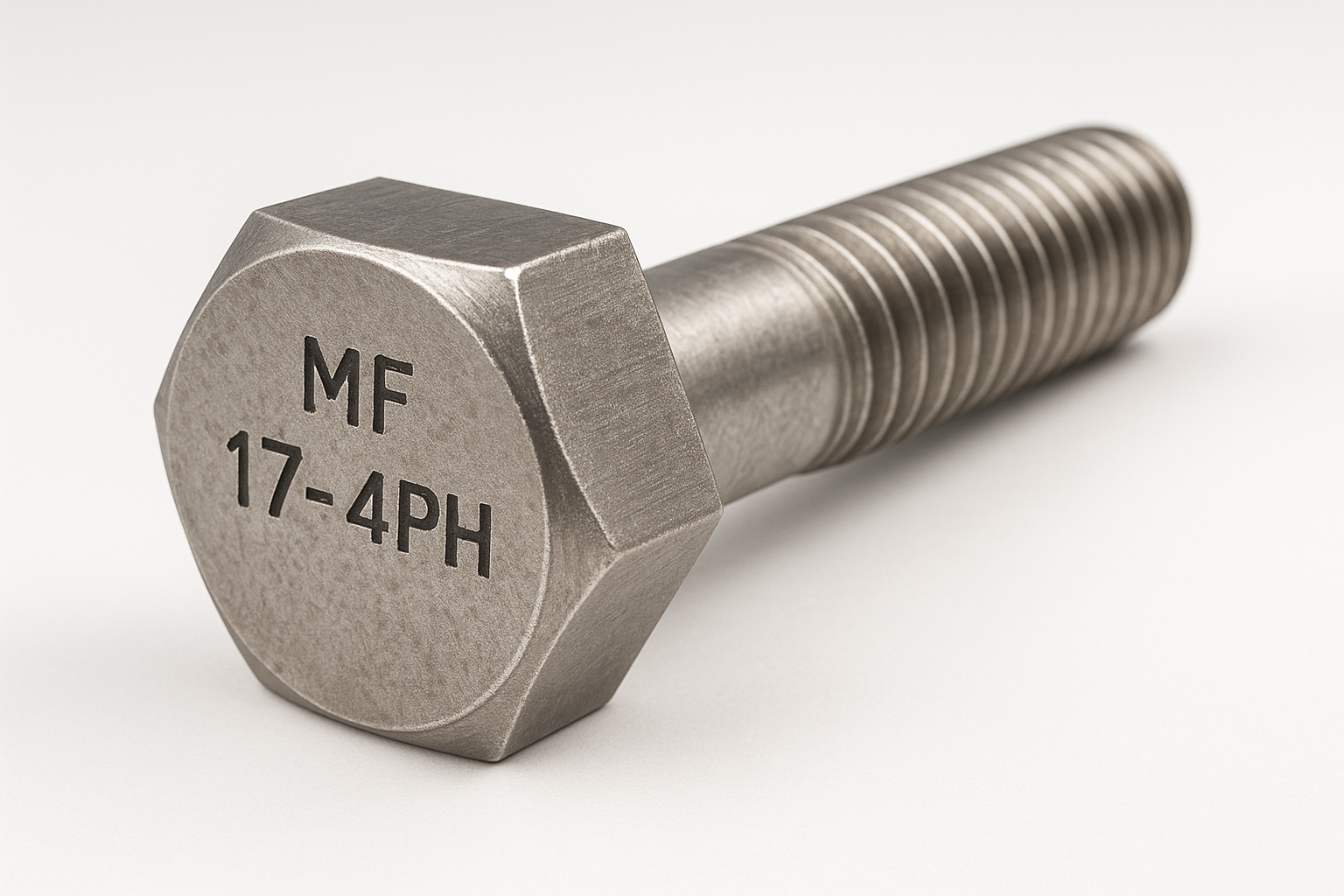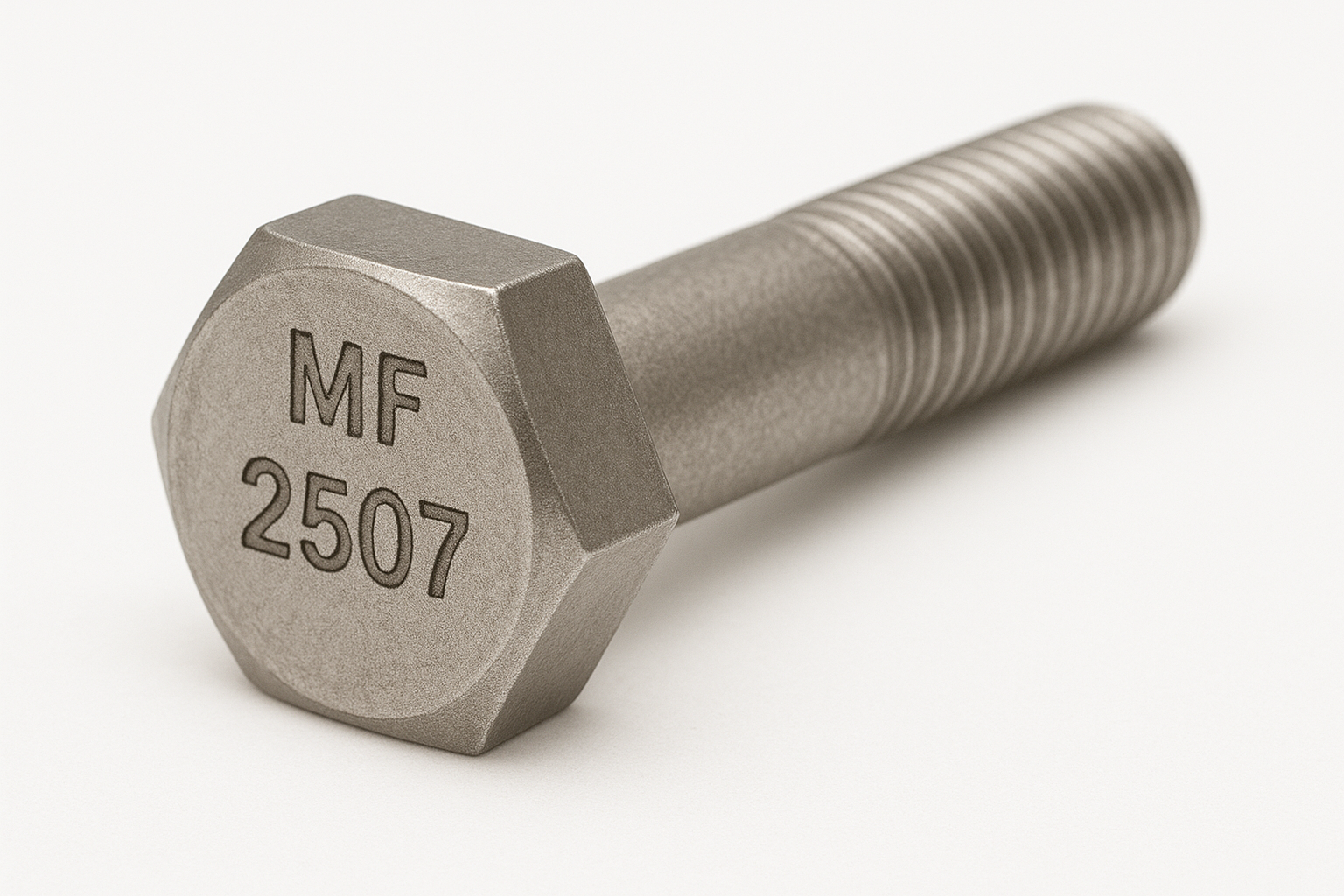In the world of engineering and manufacturing, material selection is critical, especially when dealing with corrosive environments. The correct selection of materials can make the difference between a product that lasts for decades and one that degrades quickly. But what are the best materials to use in extreme conditions? To answer this question, we need to dive into the history and characteristics of three key players: stainless steels, duplex stainless steels, and nickel alloys.
The history of stainless steels
Stainless steel is a relatively recent material, but its discovery revolutionized several industries. It was in 1913 that British engineer Harry Brearley developed the first stainless steel, an alloy of iron, chromium and carbon. This new combination of elements showed extraordinary resistance to corrosion, paving the way for a wide range of industrial applications.
The success of stainless steel lies in its ability to form a protective layer of chromium oxide on the surface, which prevents corrosion from penetrating the material. This characteristic makes it ideal for use in corrosive environments such as marine, chemical, and food. There are several variations of stainless steel, each with specific properties. Among the most widely used are austenitic stainless steel, known for its excellent corrosion resistance and ease of processing.
Over the years, stainless steel has found application in numerous fields, from shipbuilding to food production, proving to be a versatile and indispensable material for modern industry.
Duplex steels: the evolution of stainless steels
Despite the excellent properties of traditional stainless steels, engineers have sought to develop even stronger materials for particularly aggressive environments. Thus duplex steels were born , the most famous and widely used being the alloy W. 1.4462 UNS S31803, an evolution of stainless steels. Duplex steels combine the properties of austenitic and ferritic steels, offering superior corrosion resistance, greater mechanical strength, and improved tolerance to high temperatures.
Duplex steels were first introduced in the 1930s, but it is only in recent decades that their use has become common in critical industries such as oil & gas, the chemical industry, and offshore and infrastructure engineering in marine environments. Their dual structure makes them particularly suitable for conditions where high mechanical strength and corrosion resistance are required simultaneously.
There are several variants of duplex steels, including super duplexes, the most widely used of which are definitely the alloys s32750-w-1-4410-saf-2507/">W. 1.4410 s32750-w-1-4410-saf-2507/">UNS S32750 e W 1.4501 s32750-w-1-4410-saf-2507/">UNS S32760, which offer even superior performance in more oxidizing environments. These materials are used to make bolts for valves, pumps, and other components intended to work in highly corrosive environments where less resistant materials would fail.
Nickel alloys: the choice for extreme conditions
When it comes to extreme conditions, nickel alloys are among the best performing materials. These alloys are known for their exceptional corrosion and temperature resistance, making them ideal for applications where stainless steel and duplex may not be strong enough. Nickel alloys, such as INCONEL® 625, INCONEL® 718, HASTELLOY® C276 and INCOLOY® 825, have been developed to withstand the harshest environments, including those characterized by high temperatures and corrosive atmospheres, such as power plants and gas turbines.
The history of nickel alloys dates back to the late 19th century, but it was during the 20th century that their use became widespread, especially in aerospace and power generation. Because of their ability to maintain structural integrity under extreme conditions, these alloys are used in applications where the risk of corrosion and oxidation is high, such as gas turbines, nuclear reactors, and offshore oil platforms.
The combination of nickel with other elements, such as chromium and molybdenum, gives these alloys outstanding resistance to intergranular corrosion, stress corrosion cracking, and oxidation at high temperatures. This makes them indispensable for aggressive environments where safety and durability are paramount.
Choosing the right material for the corrosive environment
Not all materials are suitable for all conditions, and choosing the right material can determine the success or failure of a project. When working in corrosive environments, such as marine or chemical environments, it is essential to consider factors such as temperature, pressure, presence of chemicals, and required mechanical strength.
Austenitic stainless steels are an excellent choice for moderate corrosive environments, while duplex steels offer superior strength in more severe conditions. For applications where temperature and corrosion are particularly aggressive, nickel alloys are the ideal solution, providing excellent performance and long service life.
Conclusions
Materials culture is critical to ensure the correct choice in extreme environments. In-depth knowledge of stainless steels, duplex and nickel alloys is essential to meet the challenges posed by corrosive environments. At MF INOX, we are proud to offer a wide range of high-performance materials that meet the specific needs of critical industries such as oil & gas, chemical, and energy. Each material is designed for maximum strength and reliability, allowing structures to last, even in the harshest conditions.



